Story To Blurb To Cover
SIGNPOSTING YOUR THEMES TO YOUR READERS
Nat 'Nose' Connors
<nat@kindletrends.com>

SWFFW July 2022
Follow along!
This is a web-based slide presentation. To go forward, press the space bar, use the arrow keys, or swipe if you're on a touchscreen.
Kindletrends
-
Weekly and monthly information for your genre
- First month free
- USD15/month, and you can cancel anytime you want

Why is this important?
One obvious reason
One maybe not so obvious reason
Inspiration
Writing to market
Writing to trend
etc.
An example

In horror, 'vampires' might represent:
-
Loss of humanity -
Damnation -
Tragedy
In romance, 'vampires' might represent:
-
Eternal love -
Obsession -
Loss of innocence
A story element
is a shorthand for a 'package' of emotions and experiences
Another example



Isolation
Independence
Emotional
wound
Our goal
in one sentence
Understand the essential story elements in a genre/subgenre/niche, and see how those elements are promised in a cover, detailed in a blurb, and then delivered in a story.
Our own style, our own stories
Four parts to our genre
Four parts to our genre
Content
Blurbs
Covers
Mechanics




Four parts to our genre
Content
Blurbs
Covers
Mechanics




Keep in mind
Covers make a promise to the reader
That promise is developed in the blurb
Then delivered in the story itself



"Will she marry him?"
"Reader, I married him."
Four parts to our genre
Content
Blurbs
Covers
Mechanics




Content
or, what's in your book

Content
- Emotional content as much as craft
- Identify key elements/scenes
- Read reviews
- Common features between books

Emotional content
and recurring themes

Choose a few relevant books
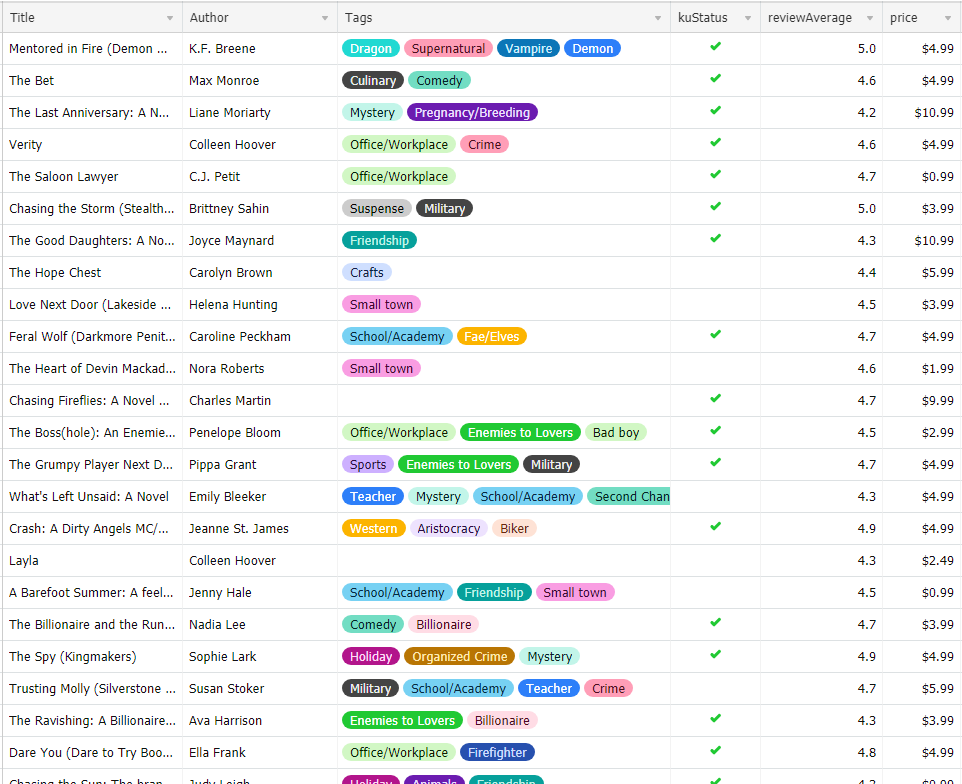

Work through each book
in turn
Look for story elements, more than beats (although the two are not exclusive)
Take a lot of notes - this is not always easy to remember
Recurring elements are the most important

The role of craft books

Next, read reviews
Note down the memorable story elements
What readers say is often less important than that they say it

Finally, compare your notes
Which elements are the same, and which are different?
How do similar or different elements affect the plot?
Which elements are consistently commented upon by readers?

The point

Blurbs
or, what's on the buying page of your book


Blurbs
-
The last thing a reader sees before they make a buying decision
-
(Relatively) less cost and effort to optimise/change




First
Find a small number
of relevant blurbs





Next
Write my blurb in the style of each of these




A (slightly silly) example
Three different blurbs for a contemporary MF romance
A witty tagline about flirting and falling in love!
Hank McMacho-DarkPast
I'm incredibly good at whatever it is I do, but I mask my emotional wound through performative masculinity. Now I've met this woman, and she's an obstacle to my unspecified goal. I'm definitely going to ignore her and achieve it.
Helen von NoMan-Required
Being single is lousy, but men are useless and I have good friends. Now there's this infuriating Hank guy and his unspecified goal. Performative masculinity definitely doesn't work on me, buster.
A 50k contemporary romance featuring an italicised description of the contents with a guaranteed HEA and no cheating!
A short and punchy blurb
asking the reader to imagine what happens
when a macho guy with a dark past
and an independent woman
are thrown into conflict
but their attraction threatens everything?
I'm Hank, and my tagline is in bold, because I'm a bold kind of guy
This whole blurb is from my POV, because the author wants the reader to identify with the FMC. From the moment I saw Helen, standing there, opposing my unspecified goal, I knew I had to make her mine.
Even if my dark past threatens to ruin everything, I won't give up, because that's how strongly I feel about her.




Then back to my notes on content
-
Beats, scenes, themes
-
Each sentence needs to do work
-
Look at reviews again





Finally, ask for feedback
-
Testing blurbs on other people has given me the best results by far
-
Ranking seems to give me more useful feedback
-
Sometimes there's a clear winner, sometimes there isn't





Covers
or, what's on the front of your book



Covers make a specific set of promises to the reader






Genre & content



Contemporary
Dark romance
Supernatural mystery






Individual elements
Carry content
Carry branding






Another example







Another example

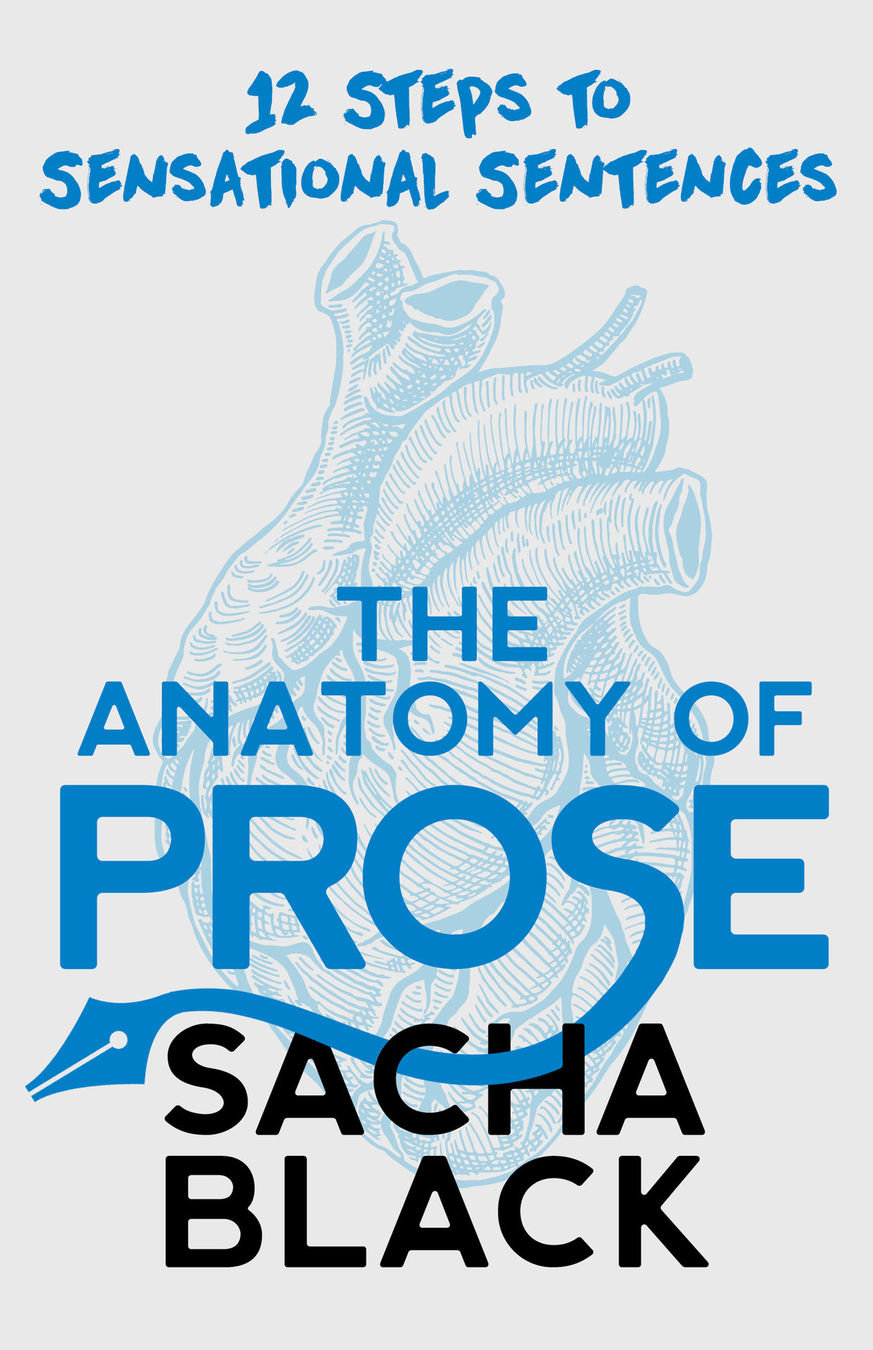







Genre research for covers

Scan relevant categories and searches
Identify the major styles over a few weeks to a month






Genre research for covers







Make notes about styles
Then dive into your comps
e.g: Medium shot, no faces shown Long shot, couple with faces shown Object relevant to story
People: how many? Shot choice: face, full/half, medium, long (whole body) Objects: what and why?
Dominant colours and shades Typography Other recurring visual elements (branding)






Now
Back to the blurbs
for those books






The key question
What does each element say about the content?









Eventually
Content
Blurbs
Covers















Genre mechanics
or, everything else




Everything else
...that isn't your book








Release frequency
How often are new books released?
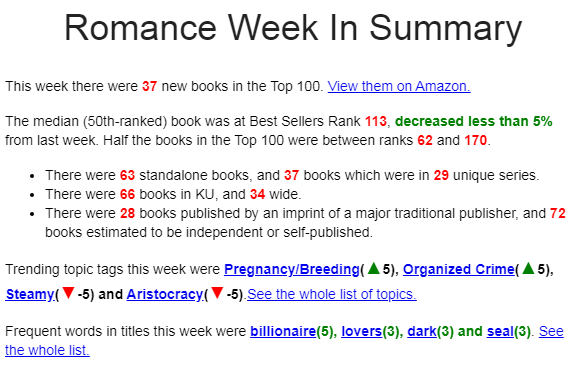








Age of books

Up to 30 days post-launch: Initial interest, promos, ads, newsletters 1-6 months: Major revenue period 6+ months: Backlist, focus on series/cross-selling








Trad vs indie publishing
Standalone vs series
Book length








Pricing
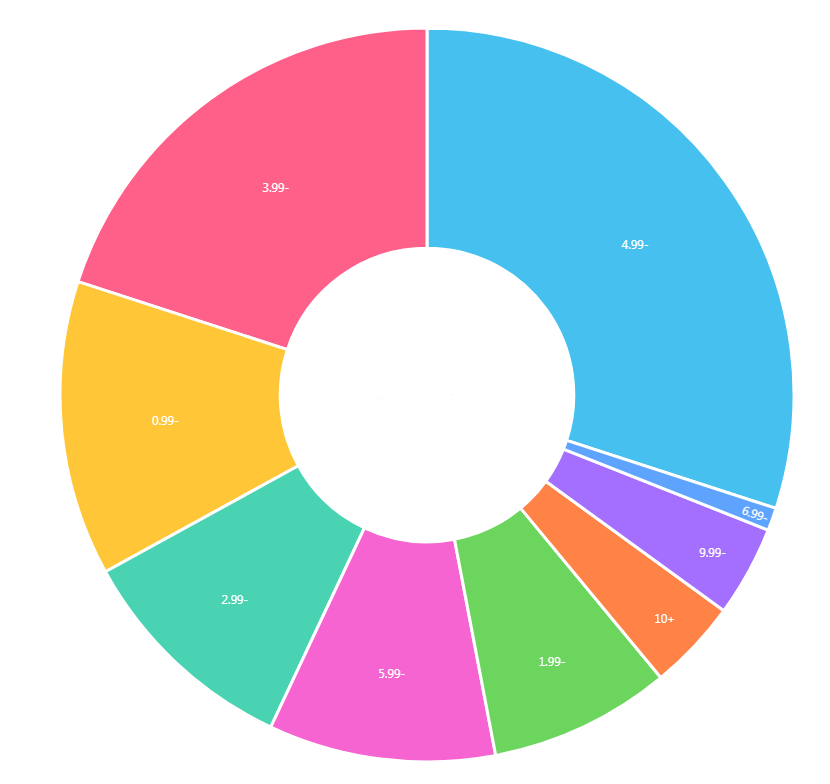








Why do we care about genre mechanics?
You could write a fantastic book, with a killer blurb and a great cover - but if it's not priced appropriately, or it's a standalone where series are expected, it might not do as well as it could
Perceiving genre mechanics lets you decide how you want to fit into your market








Kindletrends
A weekly and monthly genre research newsletter
Research done for you, in your inbox every week

Summaries

Cover montages
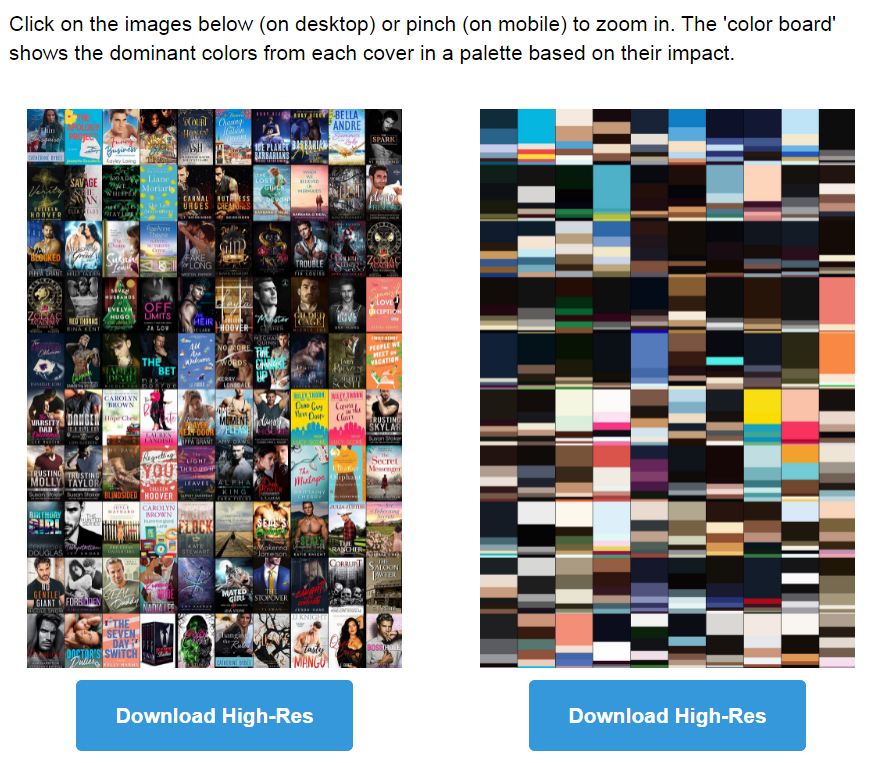
Blurb trends and details
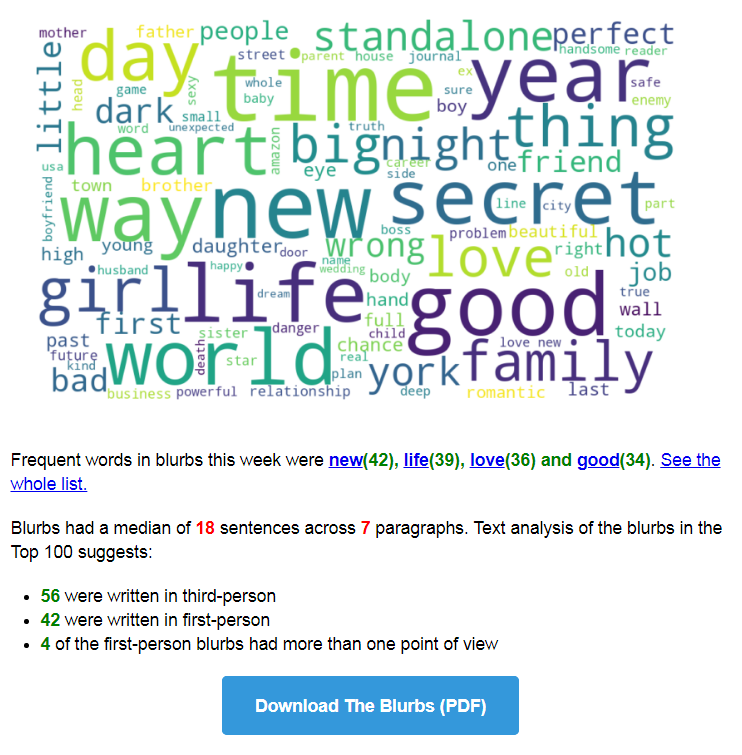
Filter for specific elements
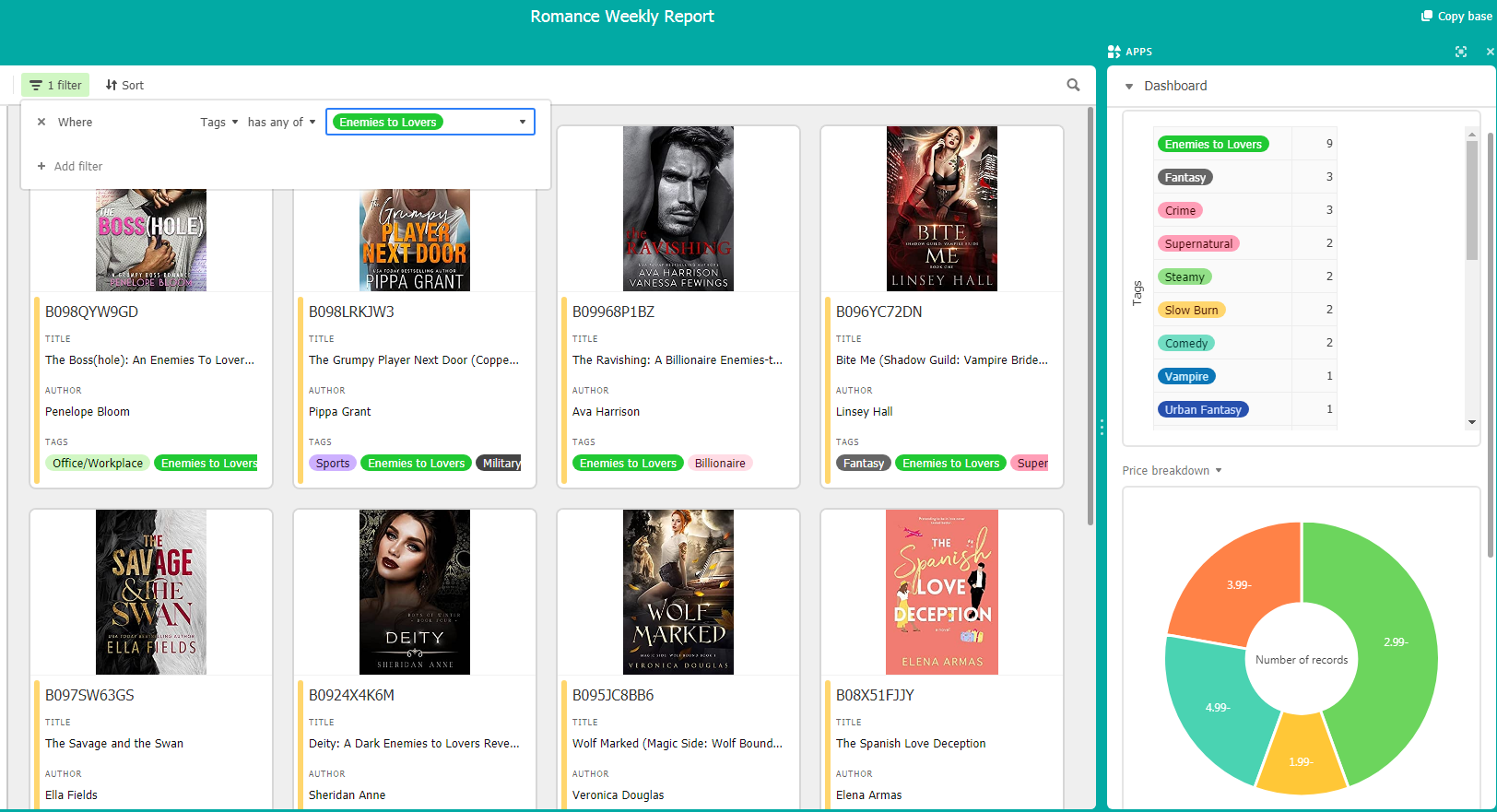
14 genres in one subscription
Romance One-Hour Romance (KSR) Paranormal Romance Gay Romance Historical Romance Science Fiction Romance Mystery, Thriller & Suspense Cozy Mystery Science Fiction Fantasy Teen & Young Adult Urban Fantasy
-
Your first month is completely free - You can cancel any time you want
Conclusions
No binding rules
Understanding norms
Acknowledgements
Lana Love
Sansa Rayne
Sacha Black
TK Eldridge
Frankie Love
Lizzie Dunlap from Pixie Covers
Elizabeth Brady
Thank you to all the authors and artists who helped with this talk
Rena for giving me a chance to speak
All of you for your time and attention
Thank you for watching!
For more free resources, check out:

For the slides for this talk: